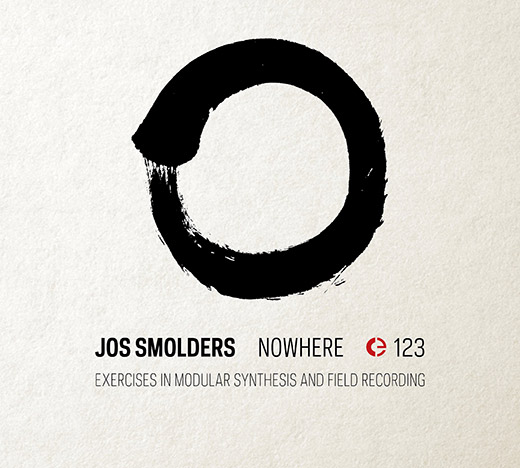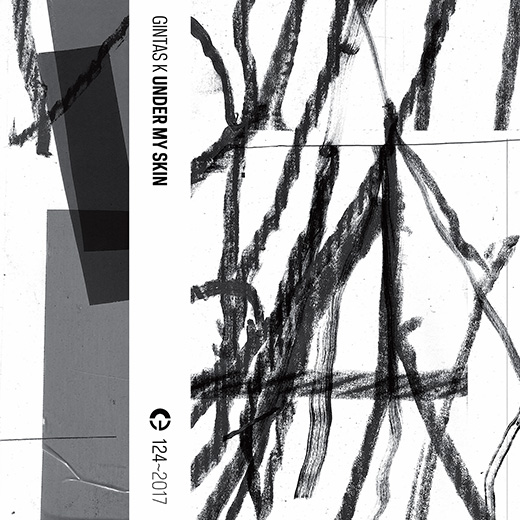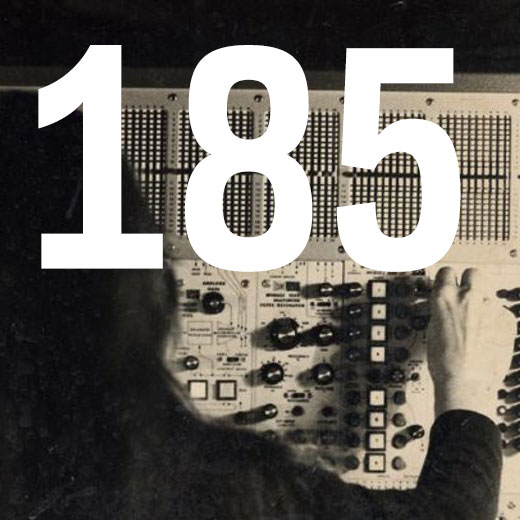
The “Nowhere†in the title is initially a barren place, the first three minutes of the opening track little more than faint geiger-counter-like glitches, before being crashed into by industrial electronics and barely discernible vocal declarations that form a jolting chaos for a couple of minutes, before disappearing as abruptly as they arrived, leaving only a radiophonic workshop-esque scenario of meandering tones.
This largely sets the tone for the entire work, which is substantially improvised, in Smolders own words “letting things flow and interfering only when necessaryâ€, “I have left the idea of a preconceived/designed compositionâ€, “there is only a vague idea before I start recordingâ€. Large expanses of gentle scientific, sometimes sci-fi ambience are occasionally gatecrashed by sudden and acrid assaults of white or discordant noise so abrupt they ought to carry a health warning; five minutes into third track “For Rudy Carrera†being a prime example. “Song For Maya Deren†is like REM sleep briefly troubled by monsters, before the sleep of “Up Up And Back To 1982†mixes distant hums with vinyl crackle sounds akin to rain on a window before, once again, the nightmares return around the six minute mark. This evaporates, warm bottle-music arpeggios arrive, but these in turn are crushed into lo-fi, 8-bit 4-bit and beyond. It’s a pattern that repeats unpredictably and it’s certainly not always pleasant.
Were it not for the rather petulant sudden storms that whip up irregularly, I would be full of praise for the confidently sparse, measured soundscapes that are created here, a form of contemporary digital remodelling of music concrete that forms the larger part of the work. And while I certainly wouldn’t want to suggest that music should be anaemic or palliative, in this case it’s the furious interludes that don’t complement the whole, and a more measured temper throughout could have left this as a very elegant album, and it’s the cacophony-free pieces such as track 2 “NowHere†and track 6 “NoWhere†(do you see what they did there?) that are the strongest. Stuart Bruce
via Chain DLK






